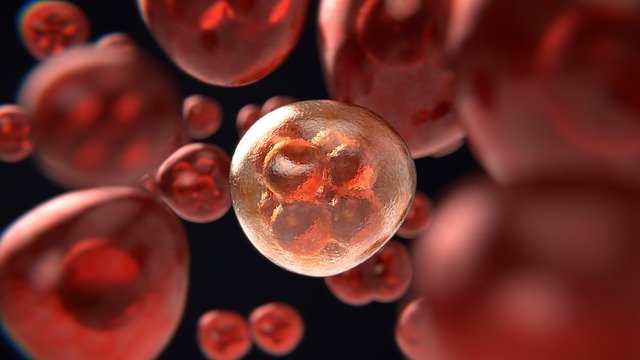Another name for blood cancer is hematologic cancer. The disease begins at Sister Marrow, which is a blood-forming factory. Blood cancer occurs when abnormal blood cells begin to grow uncontaminated and disrupt the normal functioning of the blood. The normal function is to fight infection and to produce new blood cells.
Blood Cancer Types
There are basically three types of blood cancer. Leukemia, lymphoma and myeloma.
Leukemia- The source of this blood cancer is blood and sister marrow. This disease occurs when the body produces abnormal white blood cells in large quantities and interferes with the ability of the sister marrow to form red blood cells and platelets.
Non-Hodgkin’s Lymphoma – The source of this cancer is the lymphocyte cells of the lymphatic system. This cell is a type of white blood cell that fights against infection.
Hodgkin’s lymphoma is a source of lymphocyte cells in the lymphatic system. Hodgkin’s lymphoma is characterized by an unusual lymphocyte called the Reid-Sternberg cell in this cancer.
Multiple myeloma- This cancer begins in the blood plasma cells. Plasma cells are a type of white blood cell that is created in the sister bone marrow.

Some common symptoms of blood cancer are:
Permanent fatigue and weakness
· Not hungry, nausea
· Unexpected weight loss
· Night sweats
· Pain in the bones and joints
· Discomfort on the floor
· Headache
· Breathlessness
· Frequent infections
· Itchy skin and rash
· Swelling of the lymph nodes of the throat, armpit and scalp
Treatment
Blood cancer treatment depends on the type of cancer, the age of the infected person, the progression of the disease, where the disease is spread, and a few other conditions. Some of the most advanced treatments for this disease are:
Stem cell transplantation – stem cell transplantation imports healthy blood-producing stem cells into the body. Stem cells can be collected from sister marrow, flowing blood and umbilical cord cells.
